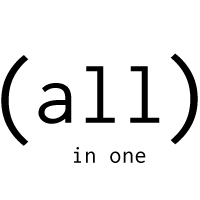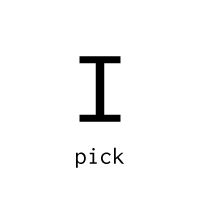Take Your Pick
Userpick
At some level, we seem to maintain notions of privacy based on what we imagine our social relations to be. In the case of information about us that is stored in databases and served to the public through the Internet, we still tend to think that "people" we are connected to in some way are the only ones who are looking at us: a basic idea of audience, interpersonal relation, and world. In other words, a cognitive bias — but only from the technical point of view. Database structures do not have to take into account or be limited by human social intuition. Information stored in them can be appropriated and re-related socially in ways the human mind does not imagine, and it can be done out of sight. Others can interact with our identities and form ideas about us, outside of our knowing.Userpick is an attempt to look at the difference between how we think others see and know us on the Internet versus how they actually can by situating profile pictures (userpics, or avatars) in new contexts. 1 Pic and All Pics use the Facebook API to pull basic user data for display onto a separate site, displaying it somewhat randomly but away from the milieu the person thinks it is in. I Pick is made up of profile pictures I collect as I navigate the Internet. Thank you to Andrew Denyes for writing the scripts.
— Helen Miller 2015
Postscript: By mid-2016, Userpick was down more than it was up due to continuous changes to the Facebook API — changes that incrementally limited what data could be accessed through the API. We set up a local version running from a small static set of data just to maintain the effect, which is what you see on this site. It soon became obvious that this interval occurred alongside revelations that Cambridge Analytica had exploited access to user data for voter manipulation. The point of Userpick was to show simply this precise vulnerability, both ease of access and how difficult to fully think its possibility.


